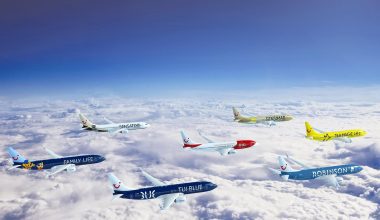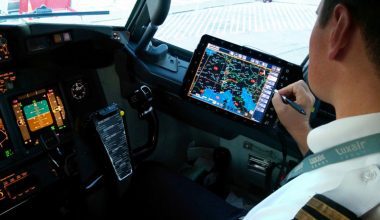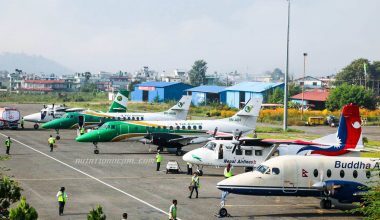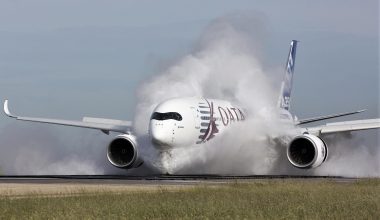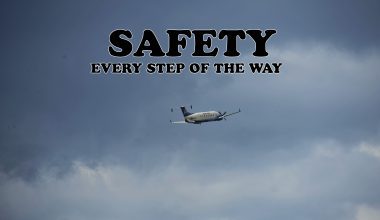The scientific evidence does not indicate an increase in health risk from exposure to naturally occurring cosmic radiation while flying.
INTRODUCTION
People travelling in aircraft may be exposed to more ionizing radiation than they would be exposed to on the ground. The increased exposure occurs because the Earth’s atmosphere provides less protection from cosmic radiation at the typical cruising altitudes of commercial aircraft, which are usually between 7 000 and 12 000 meters.
(Q)What is cosmic radiation?
All living organisms are exposed to ionizing radiation on a continuous and daily basis. It is in the food we eat, the air we breathe and the buildings we live in. This type of exposure is referred to as background radiation. The two main sources of background radiation include radioactive materials, such as uranium in the natural environment and cosmic radiation from outer space. There is considerable variation in the background radiation levels throughout the world. The world average is 2.4 mSv (millisievert) per year and the average Australian background radiation dose is around 2 mSv each year.
-Sources and exposures:-
Cosmic radiation is mainly in the form of particles from outer space. Some contribution also occurs from the sun, together with solar particle events. Solar particle events are rare occurrences that can result in higher exposures for short periods of time. The earth’s atmosphere offers considerable protection from cosmic radiation, such that at ground level only small exposures occur. Because Australia has the lowest elevation of any continent, background cosmic radiation at ground level is low.
As altitude increases, the cosmic radiation component increases. The important part of a flight from an overall cosmic radiation exposure perspective is the period of flight cruising, typically involving altitudes between 7 000 and 12 000 meters.
Latitude – the distance from the equator – also has an influence on the cosmic radiation exposure level. Exposures increase the further the flight path is away from the equator.
(Q)What are the health effects for casual flyers and aircrew?
Large studies involving the health of pilots and aircrew have shown no detectable association with an increased risk of cancer that might be expected to arise from radiation exposure. Exposures of aircrew to cosmic radiation are typically less than a quarter of the occupational dose limit of 20 mSv per year – around 1.8 mSv per year for those involved in domestic routes, and around 4 mSv per year for those involved in international flight routes. These figures are similar to those experienced by aircrew in other countries.
It is also possible for people who fly very frequently, for example 10-20 hours per week on long haul flights to approach and exceed a 1 mSv per year dose.
For pregnant travelers and aircrew, the Australian and international guidance is that the unborn child should be treated in broad terms as a member of the public. The public dose limit is 1 mSv. Radiation exposure to the unborn child of less than 1 mSv above background levels will not lead to a significant increase in risk associated with radiation-related health effects. The table below provides some indication of doses for a number of routes and also indicates flying hours and number of flights taken to achieve a 1 mSv dose.


